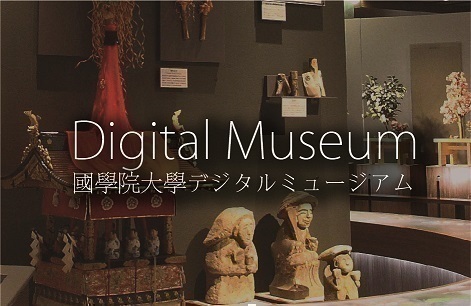- トップ
- Encyclopedia of Shinto
- Ryōnogige
Encyclopedia of Shinto
| Main Menu: | |
| Links: |
詳細表示 (Complete Article)
| カテゴリー1: | 9. Texts and Sources |
|---|---|
| カテゴリー2: | Other Basic Texts |
| Title | Ryōnogige |
| Text | An official annotation of the Yōrōryō, spanning ten volumes. At the order of Emperor Junna, the Minster of the Right, Kiyohara no Natsuno, served as the chief editor of an editorial board of twelve members which included the judge Okihara no Miniku and the legal scholar Sanuki no Naganao. Ryūnogige was compiled in five years. Emperor Ninmyō gave the order in 833, and work on the project was started the following year. The project was prompted by the legal scholar Nukatano Imatari's suggestion in 826 that an official compilation should be made to clarify and unify the many different annotations of the ritsuryō codes that existed in question-and-answer format and private records. Since the interpretations contained in the official annotations carried the same legal power as the laws themselves, the compilation of Ryōnogige can consequently be seen as act of law making. Following compilation, the annotations were respected in the same manner as the laws themselves, and edicts of the Yōrōryō (lit. "laws and codes") have been passed down as Ryōnogige. Of this work's ten volumes (thirty books), nine books of volumes 1, 8 and 9 were lost shortly after compilation; however, with the exception of two books concerning storehouses and medicines, the remaining seven books were later restored as Ryōnosyūge. These two laws were, for the most part, eventually restored in compilations such as the Seiji yōryaku. Jingiryō gige (the annotation of Jingiryō) is included in volume 2, and is referenced as the fundamental law outlining the ancient national public rites. Ryōnogige is included in Shintei zōho kokushi taikei, popular edition (Yoshikawa Kōbunkan). See also Ryōnosyūge. — Takashio Hiroshi |




